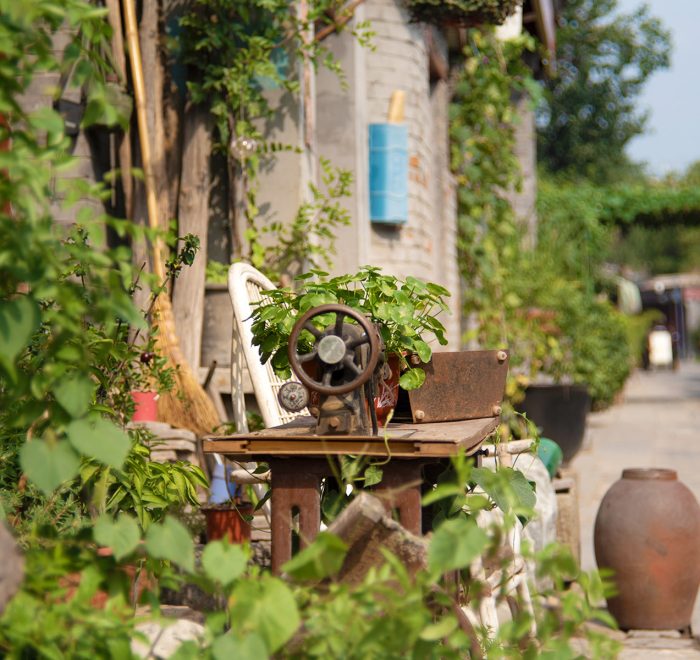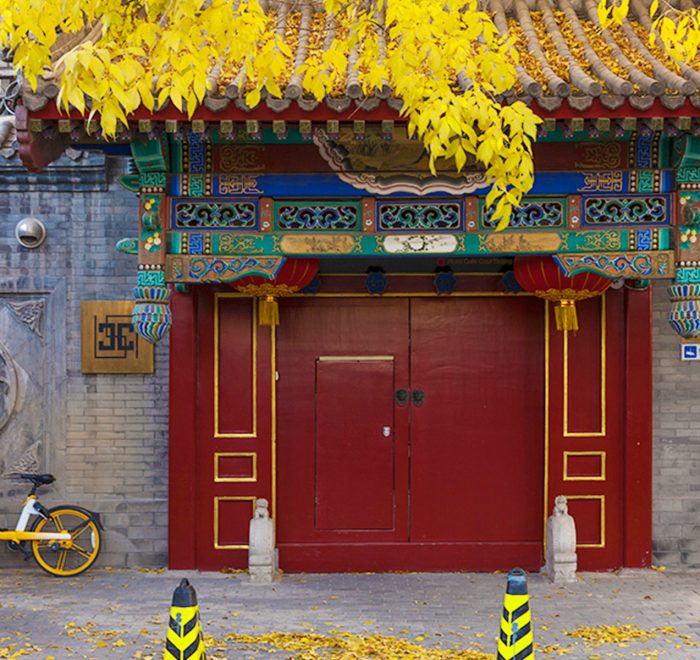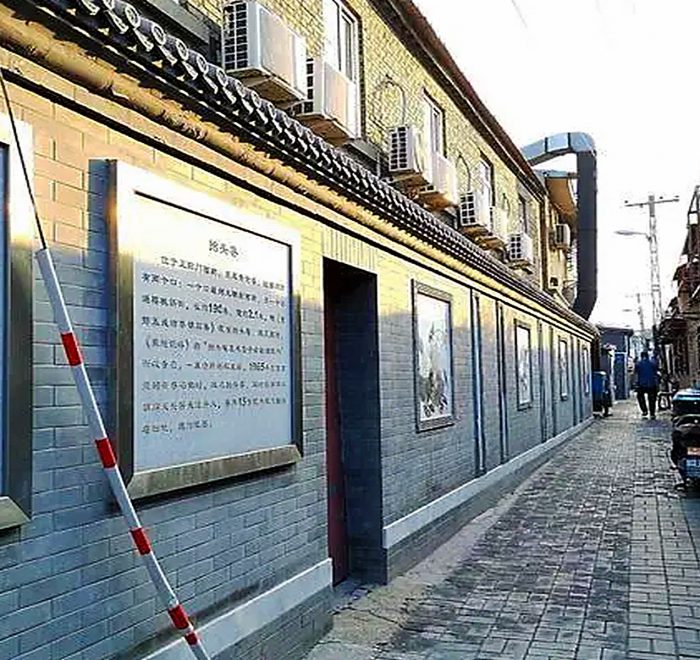Introduction aux Hutongs de Pékin
Communauté, modernisation, et la politique sont importants à l'échelle nationale mais prennent un sens plus grand à Pékin et convergent dans le hutong. Les hutongs représentent un élément culturel important de Pékin car presque chaque hutong a ses anecdotes, et certains sont même associés à des événements historiques.
Faits rapides sur les Hutongs de Pékin
• Nom Chinois: Hutong de Pékin 北京胡同
• Meilleure période pour visiter: Tout au long de l'année
• Heures de visite recommandées: Environ 1 à 2 heures
• Activités à faire: Photographie, Architecture, Culture et Histoire Chinoises
• Heures d'ouverture: Toute la journée
• Frais d'entrée: Gratuit
• Adresse: Centre-ville, Beijing
À quoi s'attendre aux Hutongs de Pékin
Origine du Hutong
Les Hutongs de Pékin ont été conçus à l'origine pendant la dynastie Zhou lorsque les zones résidentielles de Pékin ont commencé à prendre forme. Le mot hutong vient du mot mongol hottog qui signifie « puits d'eau ». Le terme a commencé à être utilisé sous le règne de Kublai Khan, petit-fils de Gengis Khan, pendant la dynastie Yuan., parce que les communautés commencent et se développent autour des sources d'eau telles que les lacs dans beaucoup des hutongs.
Culture hutong
Organisé par statut de classe, en accord avec les principes traditionnels du feng-shui, Les hutongs de Pékin avaient des aristocrates vivant à l'est et à l'ouest du palais dans des maisons finement construites tandis que le peuple commun vivait au nord et au sud dans des habitations beaucoup plus simples. « Un siheyuan est une maison avec cour de forme quadrangulaire » (Acharya) and, ensemble avec les rues est-ouest et nord-sud, forme le modèle du quartier. D'autres villes ont des siheyuan, mais les hutongs sont vraiment spécifiques à Pékin. Aujourd'hui, certains d'entre eux ont plus de 900 ans et selon les mots de l'auteur local, Li Cunbao, « Chaque hutong, est comme un roman, une longue histoire historique ».
Préservation culturelle
Dans les hutongs de Pékin, front doors faced south for sunshine and protection from the cold northern winds. Originally six horse paces was a hutong, but now they range in length from as little as 100 yards to over 4 miles. The narrowness of some of the alleys led to the nickname “the lanes,” and those slender streets can often end suddenly, making automobile traffic very risky. “There were over 7,000 hutongs in Beijing in 1949, but by the 1980s there were only 3,900 left. In recent years, hutongs have been disappearing at a rate of 600 per year” (Collins). They are victims of the conflict between the desire for cultural preservation and the need for modernization and development. Therefore, Hutong protection becomes an urgent issue for modern people.
Famous Hutongs
Among the thousands of hutongs left, there are some distinctive ones which are worthy of visiting.
Nanluoguxiang, or called South Gong and Drum Alley, is one of the oldest hutongs in Beijing. Elle mesure 768 meters long and 8 meters wide. It is also the traditional residential area of checkerboard type with the most-preserved texture of hutong and courtyard in the Yuan Dynasty (1271 – 1368).
There are eight parallel hutongs on each side of the old alley. As it is close to the Forbidden City, many royal families and officials lived here. For example, the former residence of China’s last empress, Wan Rong, is in the Mao’er Hutong. Besides, a number of historical celebrities lived in the alleys before, such as Qi Baishi, a great artist, who is famous for his traditional Chinese painting.
Yandaixie Street, which is close to Shichahai, is also one the oldest Hutongs in Beijing. The length of the street is 232 mètres. It got the name because there were many smoking pipe stores on the street in the late Qing Dynasty, and the street looks like a smoking pipe. The street used to be one of famous antique markets. Now it becomes a famous cultural street with classic architectures, featured stores as well as traditional restaurants.
Shichahai Hutongs best kees the most old Beijing buildings, so you can visit about 15 hutongs with particular features, imperial mansions and former homes of renowned people in this area, like the Prince Gong’s Mansion, which is the most-preserved palace of a prince of Qing dynasty in Beijing and a typical garden palace of a prince. What’s more, Shichahai is a famous tourism sightseeing area in Beijing. Fascinating natural scenery with lush plants and crystal clear lakes are placed here, which enables Shichahai to get the honor as the “Western Watery Place in China”.
How to get to Beijing Hutongs
Shichahai, Nanluoguxiang, Dashilan are main areas where Hutongs abound. Visitor can try the following guidelines to these areas.
• Prenez la ligne de métro 8 or Line 7 to Nanluoguxiang.
• Prenez la ligne de métro 8 to Shichahai.
• Prenez la ligne de métro 4 to Lingjing Hutong.
• Prenez la ligne de métro 7 to Zhushikou Station, and walk to Dashilan area.
Additional travel advice on Beijing Hutongs
• There is no parking in some hutongs. The best way to visit hutongs is on food or by bike. You can also hire a rickshaw to guide you.
• Some narrow hutongs may not have lights at night, so it is not recommended to visit these dark hutongs during night.



